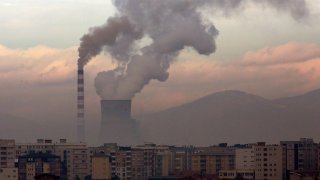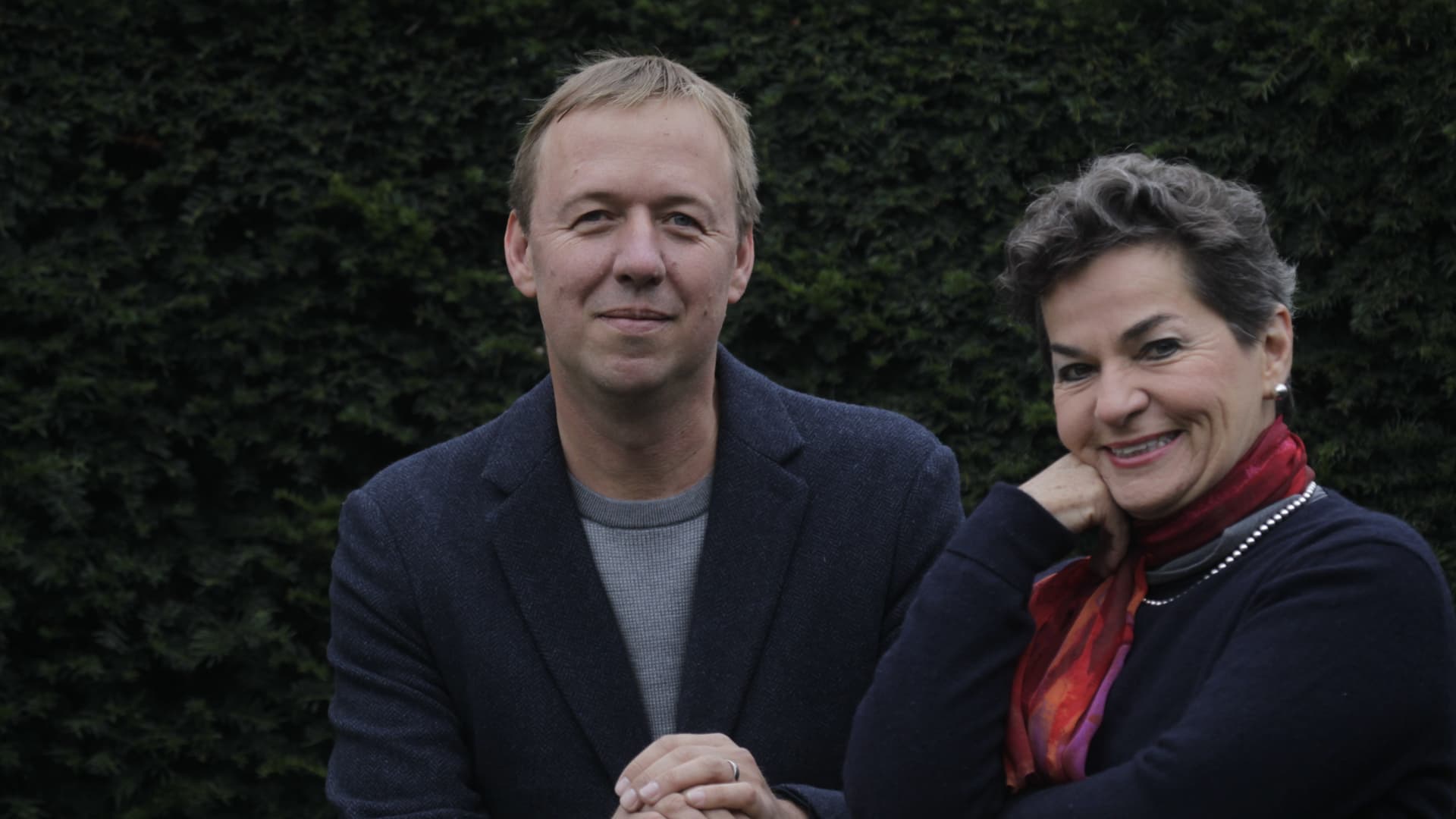
When the Paris Agreement was inked in 2015, the deadline of note was 2050.
Now, the focus for cutting emissions and averting climate disaster is 2030.
Why 2030? This is "the cutoff date by which time we basically will be already choosing between a world of constant and increasing destruction and human misery or a world that is actually much much better than what we have now," says Christiana Figueres, one of the key architects of the 2015 Paris Agreement.

Get Southern California news, weather forecasts and entertainment stories to your inbox. Sign up for NBC LA newsletters.
The Paris Agreement to limit global warming called on all countries to decrease their greenhouse gas emissions "to achieve a climate neutral world by mid-century," according to the United Nations.
The total amount of greenhouse gasses already released into the atmosphere mean it would be nearly impossible to get to climate neutral by 2050 if emissions reductions between now and 2030 aren't aggressive, according to Figueres and her colleague and another key architect of the Paris Agreement, Tom Rivett-Carnac.
So, according to Rivett-Carnac, a 50% reduction of greenhouse gas emissions by 2030 is the first marker toward a "realistic and manageable" way to net zero before 2050.
From there, emissions should go down by half each decade, he says.
"It easily understood by a 50% reduction every decade," Rivett-Carnac tells CNBC Make It. "So a 50% reduction by 2030, another 50% by 2040, another 50% by 2050."
Together, Figueres and Rivett-Carnac worked at the United Nations Framework Convention on Climate Change where they secured the signatures of almost 200 country leaders to join the Paris Agreement. They went on to co-found Global Optimism, the organization with which Amazon partnered to launch The Climate Pledge, a public commitment for companies to pledge to transition toward net zero emissions.
"It is no exaggeration to say that what we do regarding emissions reductions between now and 2030 will determine the quality of human life on this planet for hundreds of years to come, if not more," they write in their book, "The Future We Choose: The Stubborn Optimist's Guide to the Climate Crisis."
The concentration of carbon dioxide in the atmosphere has been climbing for the past 40 years, according to the Global Monitoring Laboratory of the National Oceanic and Atmospheric Administration.
And the dangers associated with greenhouse gas emissions are cumulative. New emissions need to be cut and the stock of gases already built up in the atmosphere also needs to be addressed, says Rivett-Carnac.
There will be some small amounts of emissions that can't be removed or transitioned to green energy sources in time, and so some emissions will have to be accounted for with "nature based solutions," such as planting more trees and conserving natural environments, Rivett-Carnac says.
Money Report
Climate change already puts human lives at risk due to dangers like air pollution, extreme heat events and even increased populations of certain bacteria, to name a few, according a report published in December by The Lancet.
But the urgency is not to say that the progress already made isn't substantial.
"Over the past five years, the progress on decarbonizing the global economy has been nothing short of astonishing," Figueres says. She points to the installation of renewable energy, transportation being electrified and the value of and demand for coal ("the most polluting of all the fossil fuels," she says) plunging as examples.
"We are walking in the right direction but we're not galloping in the right direction, which is what we should be doing," Figueres says.
Figueres says she is going to be paying close attention to what national leaders report of their progress and plans at the 26th UN Climate Change Conference of the Parties (COP26) in Glasgow in November.
At President Joe Biden's two-day climate summit in April, Biden said the United States "will target reducing emissions by 50[%]-52% by 2030 compared to 2005 levels."
"We've left it so late this is our last chance to do it, and if we missed that first window just the math means it just gets harder and harder," says Rivett-Carnac.
See also:
6 Black climate change leaders you need to know: 'It is literally a matter of life or death.'
See the world's largest banks that are increasing and decreasing their fossil fuel financing
How Bill Gates' company TerraPower is building next-generation nuclear power
Check out: Meet the middle-aged millennial: Homeowner, debt-burdened and turning 40






